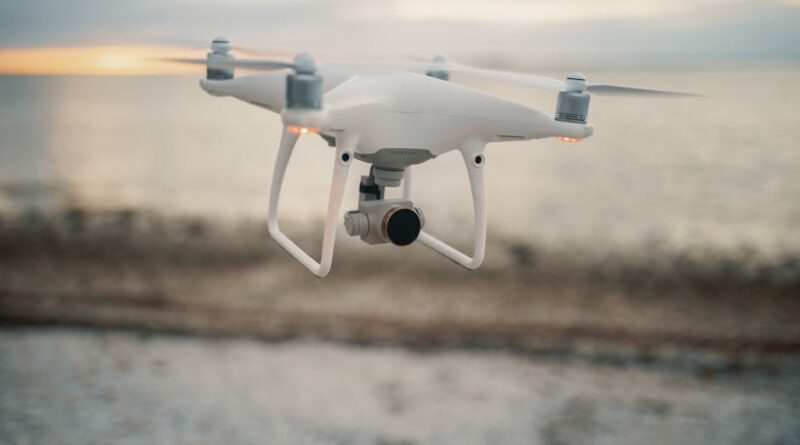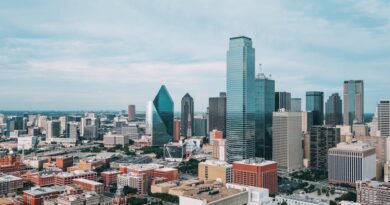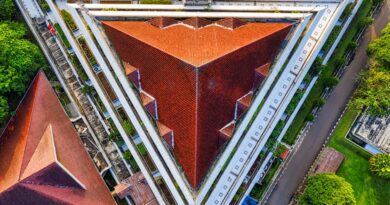Capturing Landscapes with Drone Photography: A Comprehensive Guide
Drone photography has revolutionized the way we capture the world around us. The ability to soar above landscapes and capture stunning aerial shots has opened up a whole new realm of possibilities for photographers and enthusiasts alike. In this article, we will delve into the world of capturing landscapes with drone photography, exploring its history, applications, techniques, and future implications. So, buckle up and get ready to take flight into the world of drone photography!
The Evolution of Drone Photography
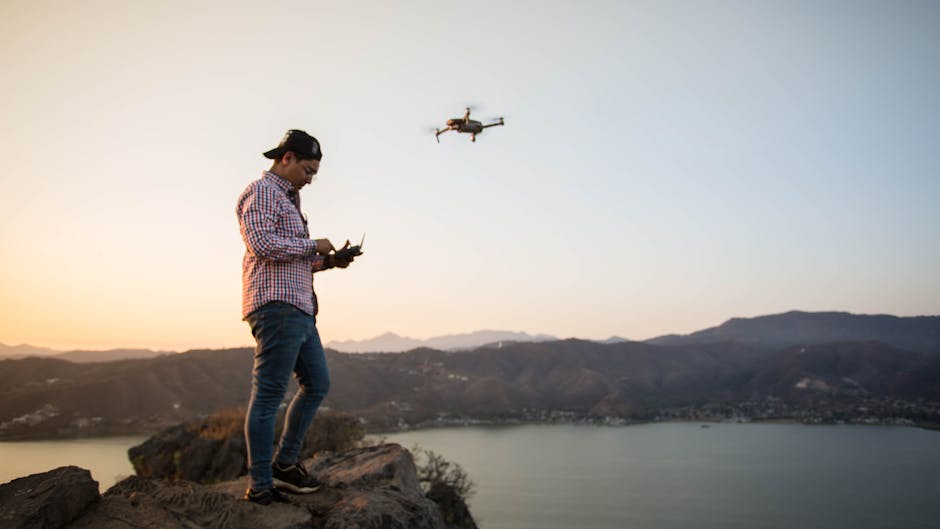
Drone photography has come a long way since its inception. Originally developed for military purposes, drones have now become a staple in the photography and videography industries. The first drone used for aerial photography dates back to the mid-19th century when photographer Gaspard-Flix Tournachon, also known as Nadar, used a tethered hot air balloon to capture aerial images of Paris. Fast forward to the 21st century, and drones have become more accessible, affordable, and advanced, allowing photographers to capture breathtaking landscapes from a bird’s eye view.
One of the key advancements in drone photography was the introduction of GPS technology, which enabled drones to fly autonomously and follow pre-programmed flight paths. This innovation revolutionized the way photographers could capture landscapes, as it allowed for precise positioning and stable flight, resulting in sharper and more professional-looking images.
The Art of Aerial Composition
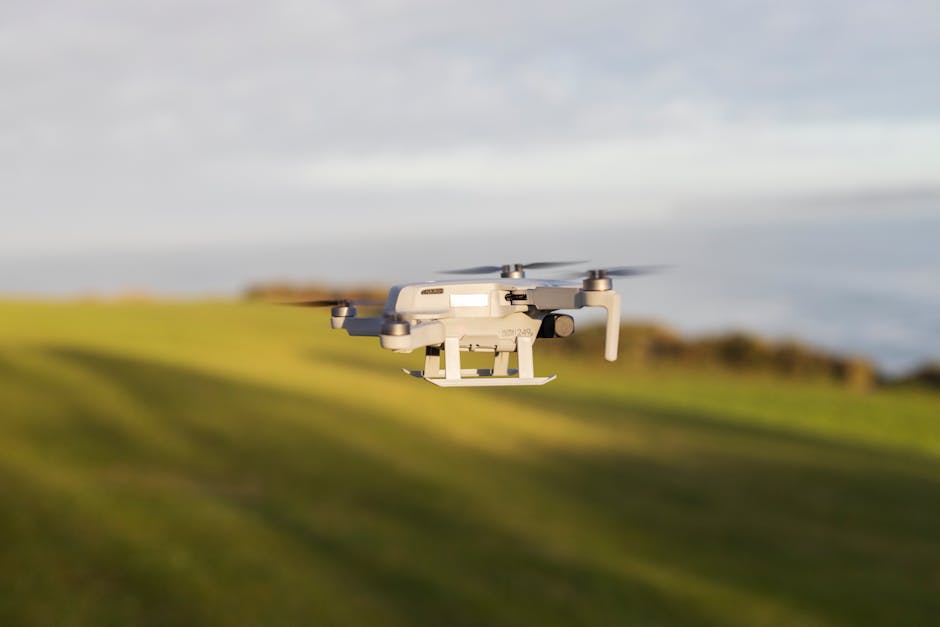
When it comes to capturing landscapes with drone photography, composition is key. Unlike traditional photography, where photographers have more control over the framing and perspective, drone photography introduces a new set of challenges and opportunities. Understanding the principles of aerial composition is essential for creating visually compelling and impactful images.
One of the fundamental principles of aerial composition is leading lines. By using natural or man-made lines in the landscape, such as roads, rivers, or shorelines, photographers can guide the viewer’s eye through the image and create a sense of depth and perspective. Additionally, incorporating elements of symmetry, patterns, and textures can add visual interest and balance to the composition.
Another important consideration in aerial composition is the rule of thirds. By dividing the frame into a 3×3 grid and placing key elements along the gridlines or at the intersections, photographers can create a more dynamic and visually appealing composition. This technique helps to create a sense of balance and harmony in the image, leading to a more engaging viewer experience.
The Rise of Drone Photography in Landscape Photography
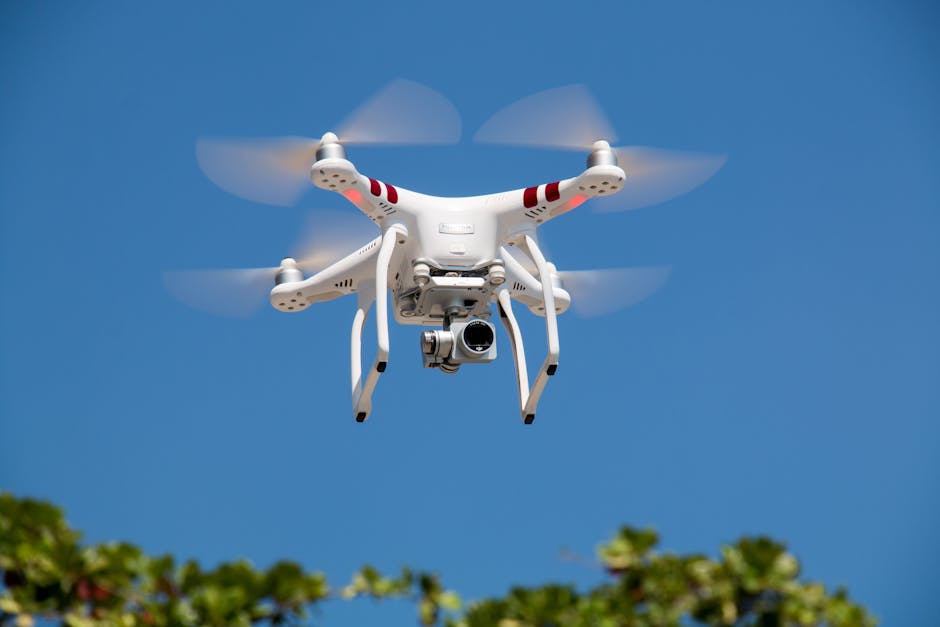
Drone photography has become increasingly popular in landscape photography, allowing photographers to capture landscapes from unique and unconventional perspectives. The ability to fly drones high above the ground provides photographers with a new way to explore and document the world around them, resulting in stunning and captivating images.
One of the key advantages of using drones for landscape photography is the ability to capture vast and expansive landscapes in a single frame. Drones can fly high above the ground, offering a panoramic view of the surrounding area that would be impossible to achieve with traditional photography methods. This allows photographers to capture the grandeur and scale of landscapes in a way that is both immersive and awe-inspiring.
Additionally, drones allow photographers to access remote and hard-to-reach locations, providing them with the opportunity to capture landscapes that would otherwise be inaccessible. Whether it’s a rugged mountain peak, a secluded beach, or a dense forest, drones can fly where traditional cameras cannot, opening up a world of possibilities for photographers looking to push the boundaries of their craft.
The Technical Aspects of Drone Photography
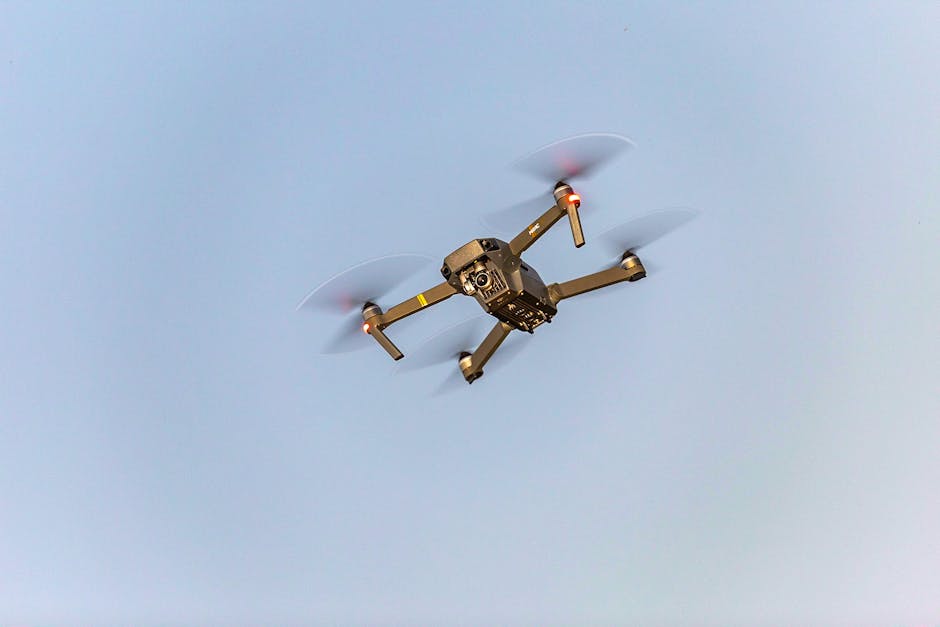
While drone photography offers a unique perspective and unparalleled creative possibilities, mastering the technical aspects of drone operation is essential for capturing stunning aerial images. Understanding key concepts such as camera settings, flight controls, and safety protocols is crucial for achieving professional-looking results.
One of the most important technical aspects of drone photography is camera settings. Adjusting key parameters such as shutter speed, aperture, and ISO can have a significant impact on the quality and clarity of the images captured. By experimenting with different settings and understanding how they affect the final image, photographers can achieve the desired look and feel in their aerial shots.
Flight controls are another critical aspect of drone photography. Piloting a drone requires a combination of skill, practice, and situational awareness to ensure smooth and steady flight. Understanding how to maneuver the drone, maintain altitude, and navigate obstacles is essential for capturing stable and well-composed aerial images.
Finally, safety is paramount when it comes to drone photography. Adhering to local regulations, maintaining line of sight with the drone, and avoiding restricted airspace are all essential practices to ensure the safety of yourself and others. By prioritizing safety and following best practices, photographers can enjoy the creative freedom that drone photography offers while minimizing the risk of accidents or incidents.
The Future of Drone Photography
As technology continues to advance and drones become more sophisticated, the future of drone photography looks brighter than ever. From improved camera sensors and intelligent flight modes to enhanced battery life and obstacle avoidance systems, the possibilities for creative exploration are endless. Drones are no longer just a tool for capturing aerial shots; they have become a platform for innovation and creativity in the world of photography.
One of the most exciting developments in drone photography is the integration of artificial intelligence and machine learning algorithms. These technologies enable drones to autonomously analyze and optimize images in real-time, leading to faster and more accurate results. From automated editing and post-processing to intelligent scene recognition and composition suggestions, AI-powered drones are paving the way for a new era of creative possibilities.
Additionally, the use of drones in sectors such as agriculture, mapping, and disaster response is expanding rapidly. Drones equipped with specialized sensors and software can provide valuable data and insights that were previously inaccessible, revolutionizing industries and unlocking new opportunities for innovation and growth. The versatility and adaptability of drones make them an invaluable tool for a wide range of applications, from environmental monitoring and conservation to infrastructure inspection and emergency services.
Expert Opinions
According to renowned drone photographer and filmmaker, Alexey Titarenko, “Drone photography has completely transformed the way we capture and perceive the world around us. The ability to soar above landscapes and explore new perspectives has opened up a whole new realm of creative possibilities. With drones becoming more advanced and accessible, I believe we are only scratching the surface of what is possible with this technology.”
Renowned National Geographic photographer, Michael Zhang, shares his perspective on drone photography, stating, “Drones have revolutionized the way we document and experience the world. The unique vantage point they offer allows us to capture landscapes in ways that were previously unimaginable. As a photographer, I am constantly inspired by the endless creative opportunities that drones provide.”
Conclusion
As we wrap up our exploration of capturing landscapes with drone photography, it is clear that drones have transformed the way we capture and experience the world around us. From stunning aerial shots of landscapes to innovative applications in various industries, drones have become a versatile and indispensable tool for photographers, filmmakers, and enthusiasts alike.
The evolution of drone technology, the art of aerial composition, the rise of drone photography in landscape photography, the technical aspects of drone operation, and the future implications of drone photography all contribute to a rich and diverse landscape of creative possibilities. Whether you’re a seasoned professional or a passionate hobbyist, drones offer a unique perspective and endless opportunities for exploration and creativity.
So, the next time you find yourself gazing at a breathtaking landscape, consider taking to the skies with a drone and capturing a perspective that is truly out of this world. The possibilities are limitless, and the beauty of the world awaits your creative vision from above.
Long story short, drone photography is not just a trend; it’s a revolution that has forever changed the way we see and capture the world. So, grab your drone, take flight, and explore the endless possibilities of capturing landscapes from above. The sky’s the limit!

